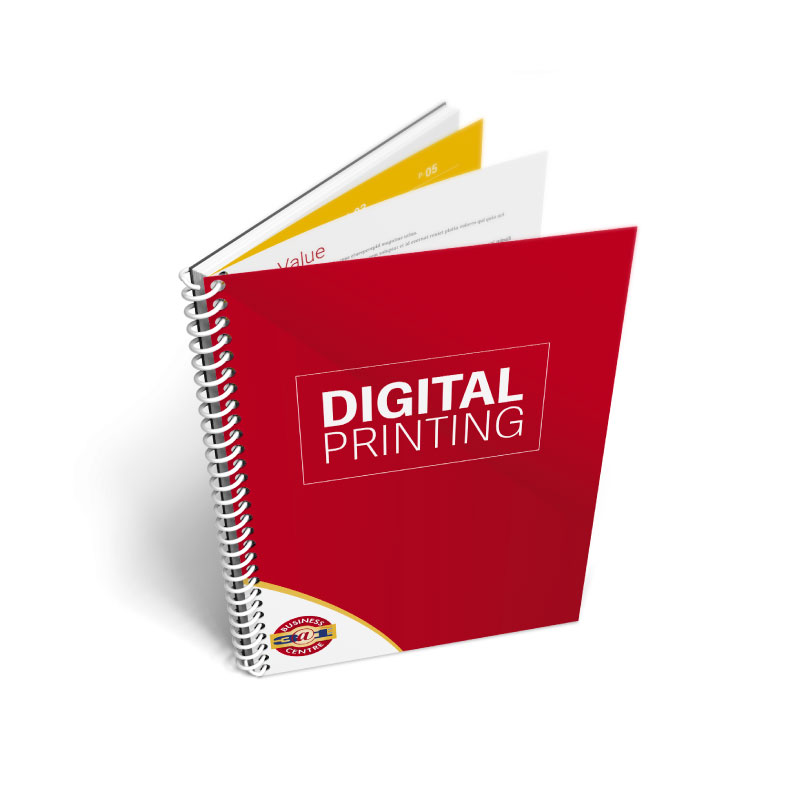Recognizing Exactly How Digital Printing Changes the Printing Industry
The printing industry, long steeped in typical methods, is undergoing an extreme makeover with the advent of electronic printing. This ingenious innovation, which avoids the need for publishing plates, allows rapid production and modification, improving the landscape of print communication. With its prospective to spur involvement through customized material and to supply lasting remedies, it's clear that digital printing is greater than a technical development; it's an essential game changer. However how specifically does it revolutionize the market? Let's discover.
The Development of Digital Printing: A Brief Introduction
Because its inception, electronic printing has actually undertaken substantial makeovers, continually revolutionizing the printing industry. Its advancement started with the growth of xerography in the mid-20th century, a process which laid the groundwork for printer. With the arrival of the 90s, digital printing innovation started to grow, and the market observed the intro of direct imaging presses, which eliminated the need for printing plates. As the brand-new millennium unravelled, innovations in innovation better spurred the growth of digital printing, causing the creation of high-speed inkjet printers. These devices supplied superior top quality and speed, forever changing the landscape of the market. Today, digital printing stands as a testament to human innovation, continuously advancing to fulfill the ever-changing demands of the modern-day globe.

Unboxing the Technology Behind Digital Printing
Digging right into the details of digital printing technology, one experiences an abundant tapestry of advanced machinery and complex formulas. At the heart of this process lies a digital picture, which is processed by software application that separates it right into a grid of dots. These dots are after that exchanged an electronic code. This code is translated by the printer, which uses it to exactly deposit beads of ink onto the substrate. The beads are so small and accurate that they develop a photo that is basically equivalent from the initial. This detailed system, strengthened by sophisticated software program and click to investigate high-resolution imaging, has transformed the landscape of the printing sector, leading the way for unprecedented degrees of detail and accuracy.

The Benefits of Digital Printing for Companies
Recognizing the innovation behind electronic printing provides a clear photo of its precision and detail. Electronic printing is eco friendly, using much less ink and generating less waste. The complete possibility of digital printing is realized when made use of for modification and customization, a topic that will be covered in deepness in the next section.
The Function of Digital Printing in Customization and Personalization
While conventional printing approaches battle with modification and personalization, electronic printing excels in these locations. It permits the easy change of hop over to here layouts, without the need for pricey and lengthy plate modifications (print on demand). This makes it possible for organizations to customize products to private customers, meeting certain demands and boosting customer contentment
Digital printing likewise enables variable data printing, where aspects such as message, graphics, and images might be changed from one published item to the next, without decreasing the printing process. This is specifically useful for straight marketing projects, where tailored messaging can dramatically enhance response rates. This way, digital printing not just reinvents the printing market but also changes the method businesses connect with their consumers.
Evaluating the Environmental Effect of Digital Printing
Although electronic printing has been admired for its function in personalization and personalization, it is essential to examine its ecological effect. Digital printing you could try this out can be less inefficient than conventional approaches, due to the fact that it runs on a 'print on need' basis, removing the need for huge print runs that can result in excess and waste. While digital printing has lots of advantages, its environmental impact has to be conscientiously handled.
Conclusion
Finally, digital printing has actually changed the printing industry, supplying quick, cost-efficient, and top quality remedies. It facilitates personalization, improving client interaction, and employs a sustainable print-on-demand version. As this modern technology remains to progress, its effect on service interaction, client fulfillment, and environmental sustainability becomes significantly extensive. Recognizing these adjustments is important for businesses to take advantage of the benefits of digital printing properly.